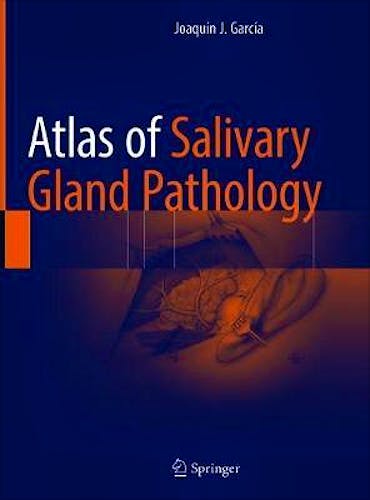

No hay productos en el carrito



Atlas of Salivary Gland Pathology
García, J.
1ª Edición Enero 2019
Inglés
Tapa dura
192 pags
888 gr
22 x 29 x 2 cm
ISBN 9783319090207
Editorial SPRINGER
LIBRO IMPRESO
-5%
155,99 €148,19 €IVA incluido
149,99 €142,49 €IVA no incluido
Recíbelo en un plazo de
2 - 3 semanas
LIBRO ELECTRÓNICO
-5%
135,19 €128,43 €IVA incluido
129,99 €123,49 €IVA no incluido
Acceso On Line
Inmediato
Gross Anatomy.- Microscopic Anatomy.- Intraoperative Examination.- Gross Examination.- Microscopic Examination.- Acinic Cell Carcinoma.- Adenoid Cystic Carcinoma.- Basal Cell Adenoma.- Basal Cell Adenocarcinoma.- Canalicular Adenoma.- Carcinosarcoma.- Clear Cell Carcinoma.- Epithelial-Myoepithelial Carcinoma.- Intraductal Carcinoma.- Lymphadenoma.- Lymphoepithelial Carcinoma.- Mucoepidermoid Carcinoma.- Myoepithelioma.- Myoepithelial Carcinoma.- Oncocytoma.- Oncocytic Carcinoma.- Pleomorphic Adenoma.- Pleomorphic Adenoma, Carcinoma Ex.- Polymorphous Adenocarcinoma.- Salivary Duct Carcinoma.- Secretory Carcinoma.- Small Cell Neuroendocrine Carcinoma.- Warthin's Tumor.
Surgical pathologists play a central role in patient surveillance and treatment by surgeons, radiation oncologists, and medical oncologists. Although salivary gland tumors are uncommon overall, their histopathologic diversity and challenge command the attention of practicing surgical pathologists. Atlas of Salivary Gland Pathology focuses on the diagnostic approach to salivary gland neoplasia-one of the more challenging fields within surgical pathology-emphasizing the need to understand downstream implications with respect to patient surveillance and treatment. The presence of formidable histologic mimicry in salivary gland neoplasia is well-documented in the pathology literature and has also been observed in the consultation practice of the volume editor. This textbook is designed with the needs of practicing surgical pathologists and pathologists-in-training in mind, providing a comprehensive overview of both common and rare salivary gland neoplasms. The primary educational objectives for readers include the following: 1) distinguish benign from low-grade malignant salivary gland neoplasms, 2) effectively use histochemical, immunohistochemical, and cytogenetic studies in challenging cases, 3) understand which diagnoses merit additional surgery and/or adjuvant therapy (radiation, chemotherapy), and 4) enhance pathologist-to-clinician communication in the setting of salivary gland disease.
Joaquin J. Garcia, MDMayo Clinic School of MedicineProfessor, Department of Laboratory Medicine and PathologyMayo Clinic Rochester200 First Street SW Rochester, MN 55905, USA
© 2025 Axón Librería S.L.
2.149.0